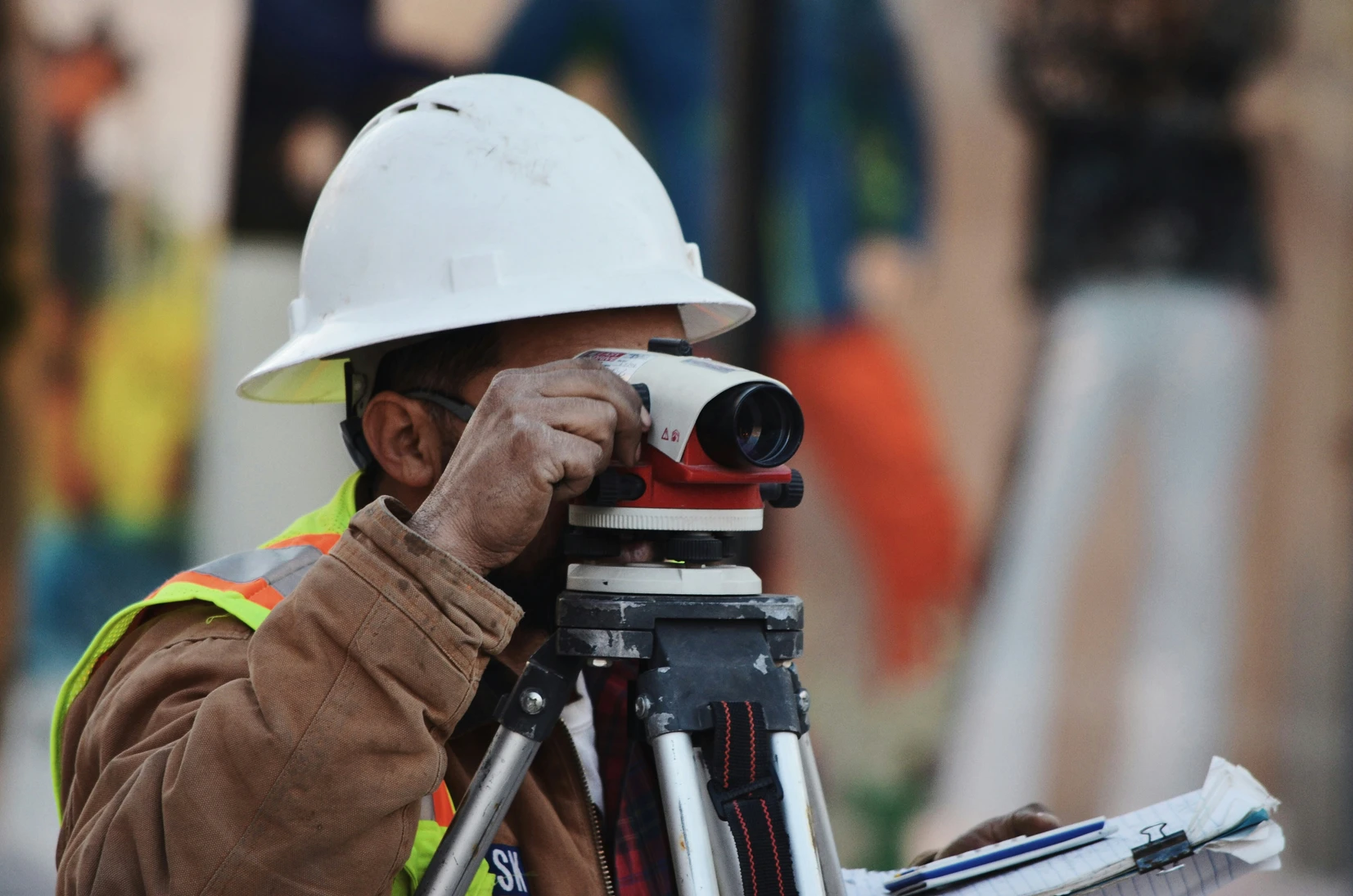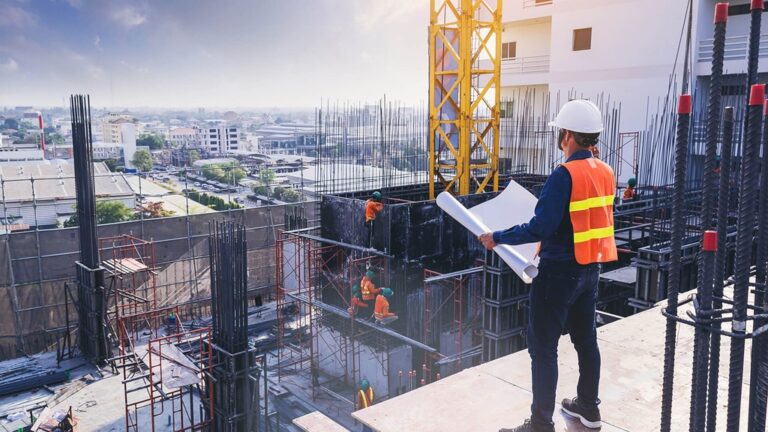The Legal Implications of Incorrect Existing Conditions Surveys

Accurate existing condition reports and documentation are critical in construction and renovation projects. These survey reports provide a detailed understanding of a building’s current state, forming the foundation upon which plans and projects are developed. However, inaccuracies in these surveys can lead to significant legal and financial repercussions. Worse still, not carrying out an existing conditions survey before renovation projects might lead to severe implications that no owner or contractor wants to face.
The Fundamental Role of Existing Conditions Surveys
Existing conditions surveys encompass a comprehensive examination of a building’s current state. These surveys include measurements, assessments of structural integrity, evaluations of mechanical and electrical systems, and checks for compliance with building codes. Architects, engineers, and developers rely on this information to make informed decisions, create accurate plans, and ensure the feasibility of their projects. By leveraging 3D laser scan to BIM technology, surveyors enhance accuracy, reduce errors, and improve stakeholder collaboration, ensuring reliable, actionable data for project planning.
Common Errors in Building Surveys
Errors in building surveys can arise from various sources, each carrying its own set of consequences.
Incorrect Measurements
One of the most common mistakes is inaccurate measurements. Even minor discrepancies can have cascading effects throughout a project. For instance, incorrect dimensions can lead to design flaws, requiring costly adjustments during construction. These errors can delay the project, increase labor costs, and necessitate the purchase of additional materials.
Overlooking Structural Issues
Another critical error is the failure to identify structural issues or system malfunctions. Overlooking problems with the foundation, load-bearing walls, or essential systems like HVAC and electrical can compromise the safety and functionality of the building. Such oversights lead to increased repair costs and also pose significant safety risks.
Non-compliance with Building Codes
Failing to identify non-compliance with current building codes is another severe mistake. Building codes are in place to ensure safety, accessibility, and energy efficiency. Non-compliance can result in fines, legal disputes, and the need for extensive modifications to bring the building up to standard.
Water Efficiency
Water conservation is another important part of green certifications. As-built surveys verify that systems like low-flow fixtures and rainwater harvesting are installed correctly, ensuring the building meets water efficiency goals.
Site Sustainability
Finally, sustainable site features like green roofs or stormwater management systems need to be accurately documented. As-built surveys help confirm these site improvements, which are important for reducing the building's environmental impact. In short, as-built surveys provide the essential data needed to confirm that a building meets the sustainability criteria for green certifications.
Technologies That Enhance As-Built Survey Accuracy
The direct legal consequences of errors in existing conditions surveys can be profound.
Technologies That Enhance As-Built Survey Accuracy
Long-Term Benefits of As-Built Surveys for Green Building Certifications
Contract Disputes
Discrepancies between existing conditions survey reports and actual conditions often lead to contract disputes. Developers may breach contract if the project cannot be completed as planned due to unforeseen conditions. These disputes can escalate to costly legal battles, damaging relationships and reputations.
Breaches of Warranty
Surveys often form the basis of warranties regarding a building's physical condition. Errors in the survey can lead to breaches of these warranties, resulting in legal claims for damages. Property buyers, tenants, or other stakeholders may seek compensation for defects that were not disclosed.
Zoning Laws and Building Codes
Non-compliance with zoning laws and building codes can have severe legal implications. Projects may be halted, fines imposed, and, in some cases, completed work may need to be dismantled. Ensuring that a building meets all legal requirements is essential to avoid these costly interruptions.
Indirect Legal Consequences

Indirect legal consequences, while less immediate, can be equally damaging. Inaccurate data often leads to project delays and financial losses. Contractors may need to pause work to address unanticipated issues, causing delays that ripple throughout the project timeline. Errors in existing conditions surveys can result in liability issues. If structural issues or safety hazards are not identified and accidents occur, the surveyors and developers can be held liable. Lawsuits from injured parties can lead to significant financial settlements and damage to professional reputations.
Mitigating Risks
To mitigate these risks, it is essential to adopt best practices for conducting thorough and accurate existing condition surveys. Utilizing advanced technology such as drones and 3D scanning to produce 3D laser scans of BIM models can enhance the accuracy of surveys. These tools provide detailed and precise measurements, reducing the likelihood of errors. Additionally, involving experienced professionals who understand the intricacies of building assessments ensures that all potential issues are identified. Incorporating legal safeguards in contracts can also protect against survey errors. Clauses that outline responsibilities, define acceptable tolerances for measurements, and specify procedures for addressing discrepancies can help manage risks. Clear communication and documentation throughout the project are also crucial.
Other Potential Risks of Inaccurate Existing Conditions Reports
Insurance Claims and Premiums
If structural issues or non-compliance are discovered after a survey, insurance companies may deny claims or increase premiums, leading to higher costs for property owners.
Property Value and Sales
Prospective buyers rely on survey data to make informed decisions. Discrepancies can lower the perceived value of the property and complicate sales negotiations.
Zoning Laws and Building Codes
Non-compliance with zoning laws and building codes can have severe legal implications. Projects may be halted, fines imposed, and, in some cases, completed work may need to be dismantled. Ensuring that a building meets all legal requirements is essential to avoid these costly interruptions.
Safety Risks
Finally, unidentified structural problems pose significant safety risks. Ensuring that all issues are identified and addressed during the survey process is essential for the safety of occupants.
Choose Accuracy, Choose Architectural Resource Consultants
At Architectural Resource Consultants (ARC), we find and fix problems before they become expensive. Guided by our core values of integrity, honesty, responsiveness, and excellence, we deliver precise existing conditions survey documentation that saves time and money. Our accurate documentation reduces risk and liability, preventing costly change orders and delays. With years of expertise in building documentation, ARC helps clients avoid the pitfalls of unforeseen existing conditions. Trust ARC for precision, reliability, and peace of mind. Choose ARC for your project success.







